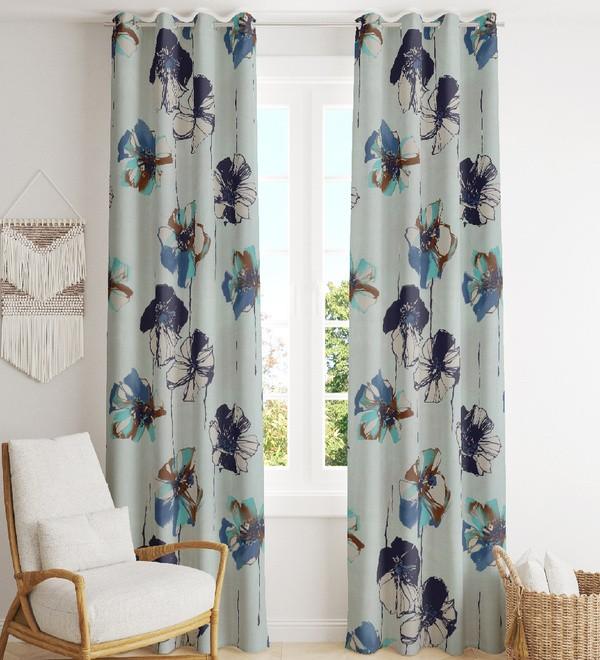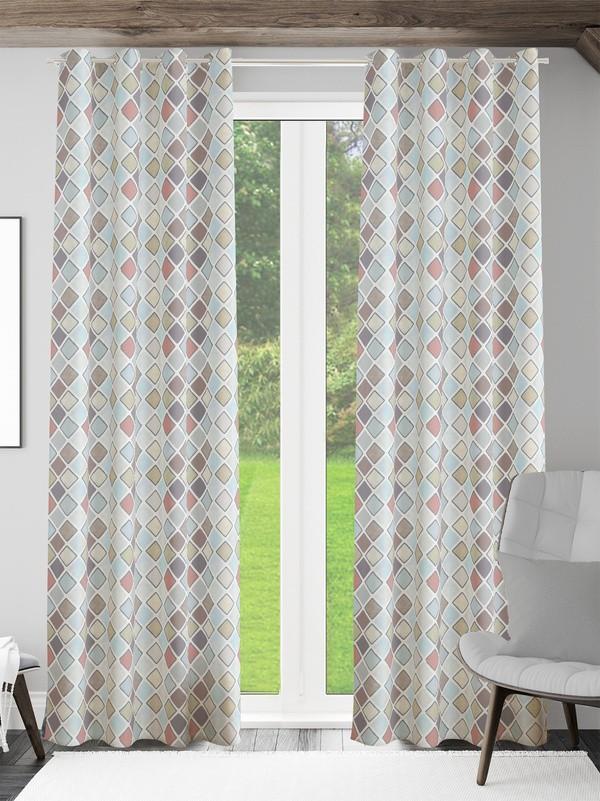TRENDS IN CURTAINS




A. Consider the room's function and use.
B. Think about the room's decor and color scheme.
C. Take into account the room's lighting.
D. Factor in privacy and light control.


E. Consider the room's size and scale.
F. Think about the room's insulation and energy efficiency.

G. Take into account the room's ventilation
H. Choose the appropriate curtain material.
I. Consider the curtain's maintenance and cleaning needs
J. Decide on the curtain's hardware and hanging style
Consider the room's function and use.
Consider the room's function and use.



The function of curtains in a room can vary depending on the intended use of the space. Common uses include providing privacy, blocking light, or adding a decorative touch to the room. In a bedroom, for example, curtains may be used to block light for sleep or to provide privacy. In a living room, curtains may be used to control light levels or to add a decorative element to the space. Luxury Curtains and the way it is hung can also affect its function, such as sheer curtains that allow light to filter through or heavy curtains that block out light completely.


Think about the room's decor and color scheme.


When selecting curtains for a room, the decor and color scheme of the space should be taken into consideration.

Home Décor Curtains should complement the overall aesthetic of the room, rather than clash with it. One approach is to match the color of the curtains to the wall color or other colors already present in the room. This creates a cohesive look and can make the room feel more put together. Alternatively, using curtains in a contrasting color can create a striking visual effect and add some interest to the space.

Take into account the room's lighting.


When selecting Eyelet Curtains for a room, it's important to take into account the room's lighting. The amount of natural light that enters a room can greatly affect the overall look and feel of the space, and curtains can be used to control the amount of light that enters.

If a room receives a lot of natural light, heavy or opaque curtains can be used to block out some of the light and reduce glare. Light-colored or sheer curtains can also be used to filter light, while still allowing some natural light to enter the room.

Factor in privacy and light control


When considering privacy and light control for curtains, there are a few options to consider:
• Room-darkening or blackout curtains can provide complete privacy and block out all light, making them ideal for bedrooms or media rooms.
• Light-filtering curtains or shades can provide privacy while still allowing natural light to enter the room.

• Sheer or semi-sheer curtains can provide minimal privacy and allow a lot of natural light to enter the room, making them ideal for living rooms or other common areas.

Consider the room's size and scale.




When considering the size and scale of curtains for a room, it's important to take into account the size of the window, the height of the ceiling, and the overall style and decor of the room.


For larger windows or high ceilings, floor-to-ceiling curtains can be a great option to make the space feel more proportional. For smaller windows or lower ceilings, shorter curtains that end at or just above the window sill can be a better choice.
It's also important to consider the style and decor of the room. For example, in a formal living room, fulllength, lined draperies in a luxurious fabric can add a touch of elegance. While in a casual family room, a simple cotton curtain in a cheerful pattern can add a more relaxed feel.
Think about the room's insulation and energy efficiency


When considering the insulation and energy efficiency of curtains for a room, there are a few things to keep in mind.
First, choosing thicker, lined curtains can help to insulate the room and keep it warmer in the winter and cooler in the summer. Lined curtains can also help to block out light and noise, which can improve the overall comfort of the room.

Another option for improving energy efficiency is to choose curtains made from insulating materials, such as thermal or insulated fabric. These types of curtains can help to reduce heat loss in the winter and heat gain in the summer, which can lower energy costs and make the room more comfortable.

When considering the ventilation of a room for curtains, it's important to think about how the curtains will affect the flow of air in the room.


First, it's important to ensure that the curtains do not block any air vents or air intake grills in the room. If the curtains do block these, it can restrict the flow of fresh air into the room and negatively impact the room's ventilation.
Another option is to choose curtains that can be easily opened and closed, such as curtains on a rod or track, so that they can be opened to allow fresh air into the room when needed.

Additionally, using sheer or lightweight curtains can also allow for better ventilation in the room, as they will not impede the flow of air as much as heavier curtains would.

Choose the appropriate curtain material

When choosing the appropriate curtain material for a room, there are a few things to keep in mind.

First, consider the room's intended use and the level of privacy and light control needed. For example, bedrooms or bathrooms may require more privacy than a living room or kitchen.
Second, think about the room's style and decor. Different materials can have different looks and feels, so it's important to choose a material that complements the overall style of the room.
Third, think about the room's insulation and energy efficiency. Some materials such as thermal or insulated fabric can help improve energy efficiency.

Consider the curtain's maintenance and cleaning needs
When considering the maintenance and cleaning needs for curtains, it's important to think about how often the curtains will need to be cleaned, and whether they can be easily cleaned or if they need to be dry cleaned.

Curtains made from natural materials such as cotton or linen can be machine washed or dry cleaned, depending on the care instructions. These types of curtains may need to be cleaned more often than synthetic materials.
Synthetic materials such as polyester or nylon are generally easy to clean and maintain. They can be machine washed or spot cleaned with a damp cloth.



Decide on the curtain's hardware and hanging style
When deciding on the curtain's hardware and hanging style for curtains, there are a few things to consider:
• The size and shape of the window: The size and shape of the window will determine the type of hardware and hanging style that will work best. For example, a large window may require a longer rod or track to accommodate the size of the curtains.

• The weight of the curtains: Heavier curtains may require more substantial hardware, such as a thicker rod or bracket, to support their weight.

• The style of the room: The style of the room will also play a role in the choice of hardware and hanging style. For example, a traditional room may require a more ornate rod or bracket, while a modern room may require a sleek and simple hanging style.






